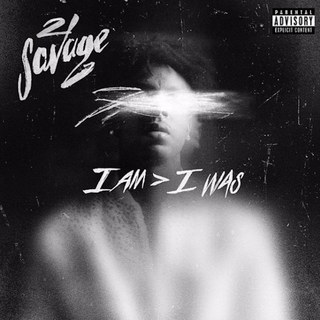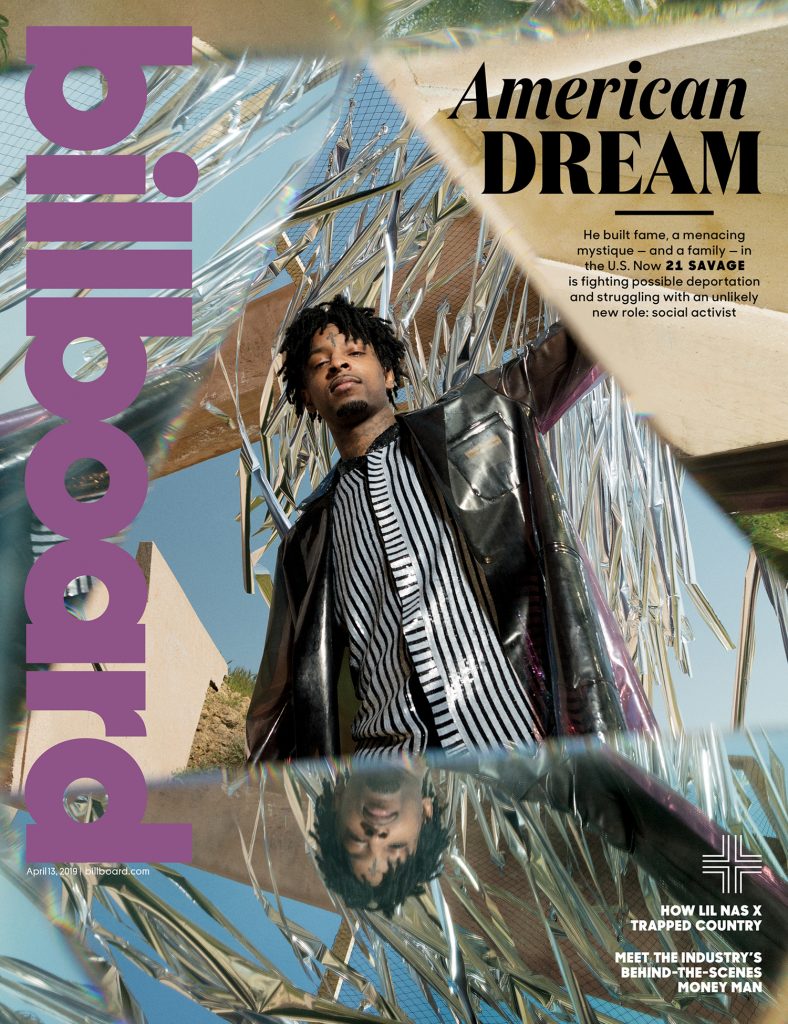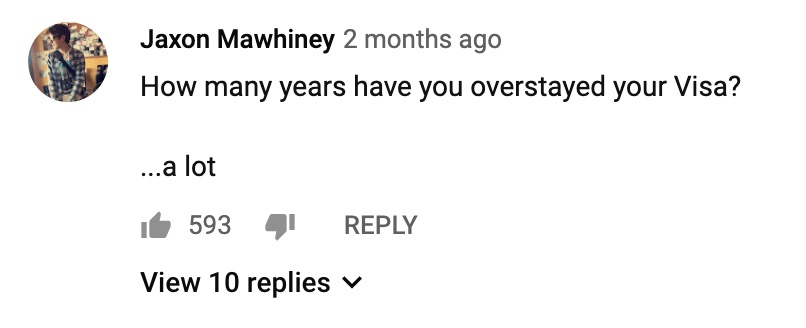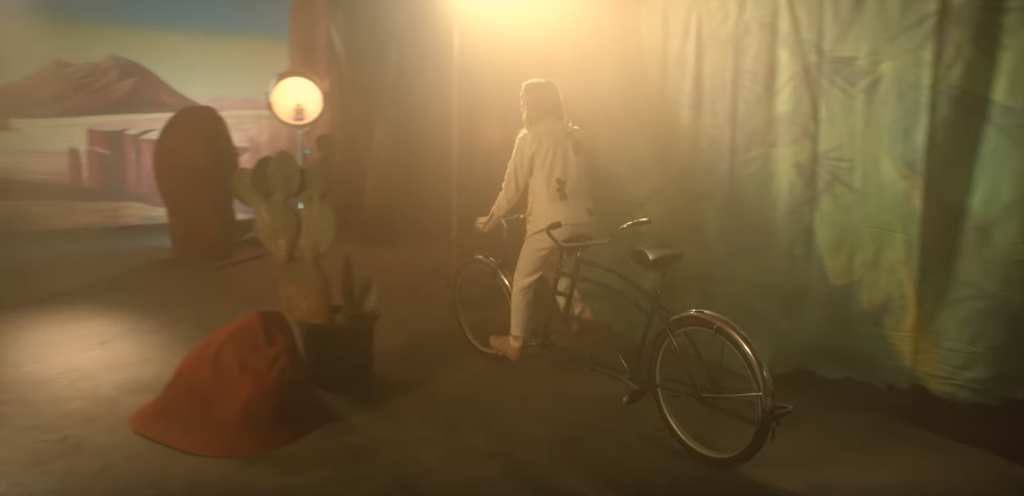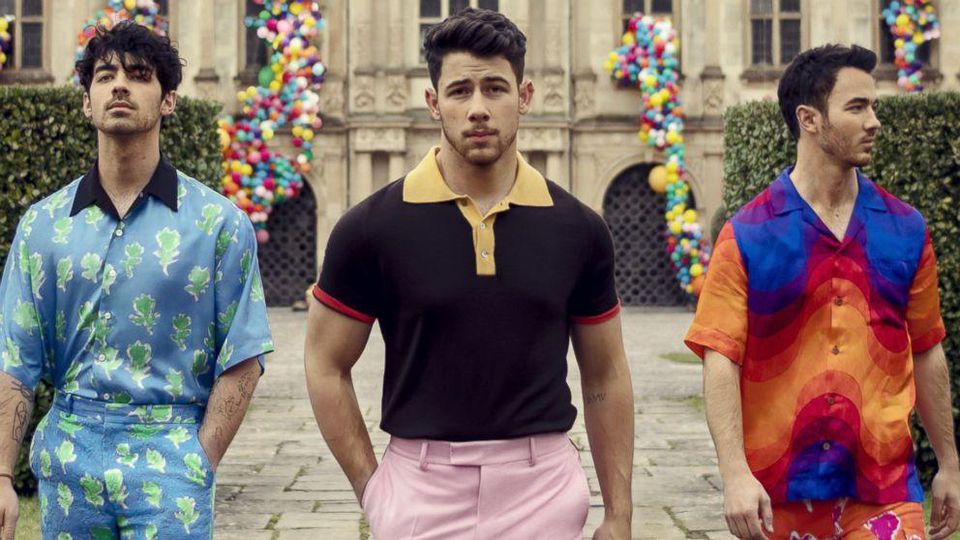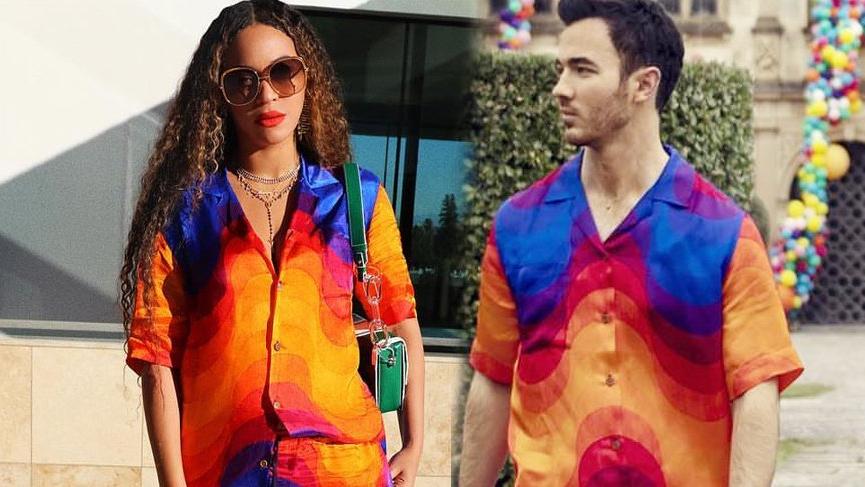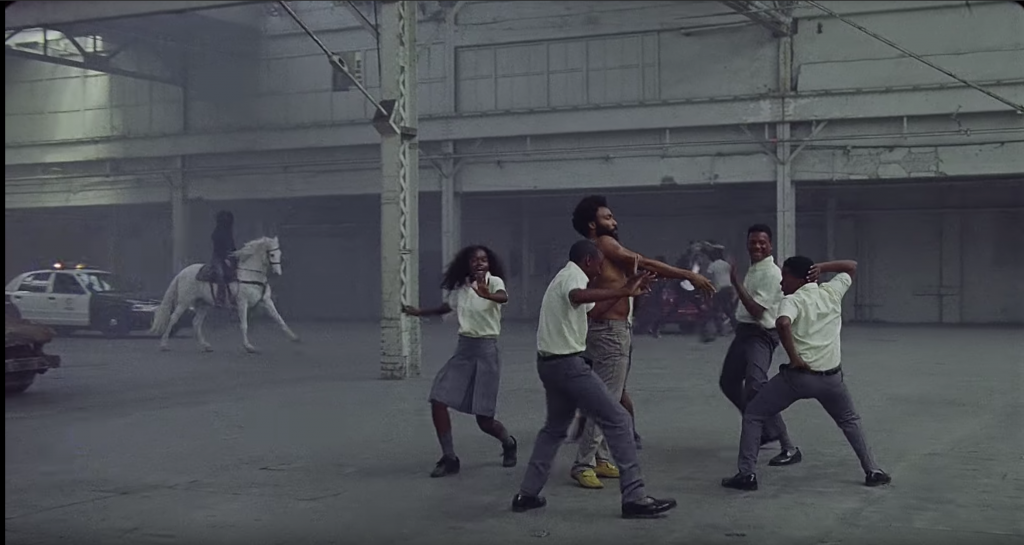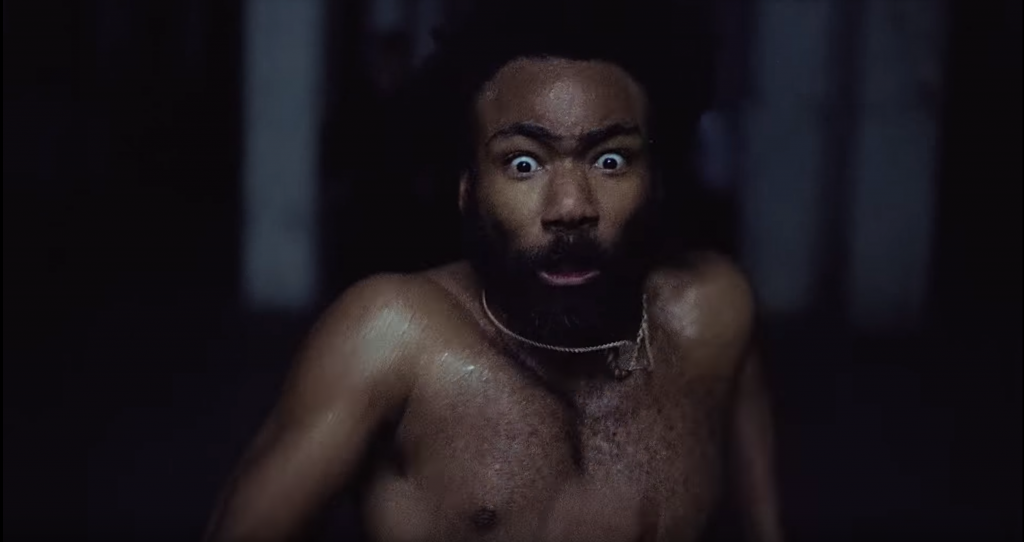Ariana Grande‘s thank u, next first piqued my interest because of a harmonic progression that initially contains bass movement of an augmented second. Upon closer inspection, I found this song to be very enjoyable as its message can seem to be pushy toward exes as to their poor treatment of her, creating a terrible environment to which she has an extreme desire to move on or a sincere thankfulness for these experiences that she has taken part in.
There are many references to an overall sense of power and comfort. First, we see her on a bed that is very elegant and surrounded by items of non-necessity. After that, we switch to her walking down a high school hallway, with what could be assumed to be a clique. She takes over the whole hallway and is not afraid to push people around, literally. Later on we see her getting out of an expensive car and wearing what would seem to be an expensive outfit. All these extravagant and luxurious items could be a way of visualizing that she has come out of the relationships with values, such as wisdom and personal emotional strength.
I-Sorta-Exist comments:
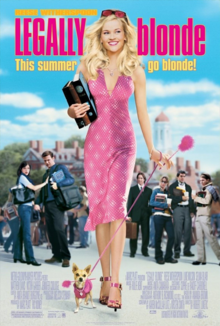
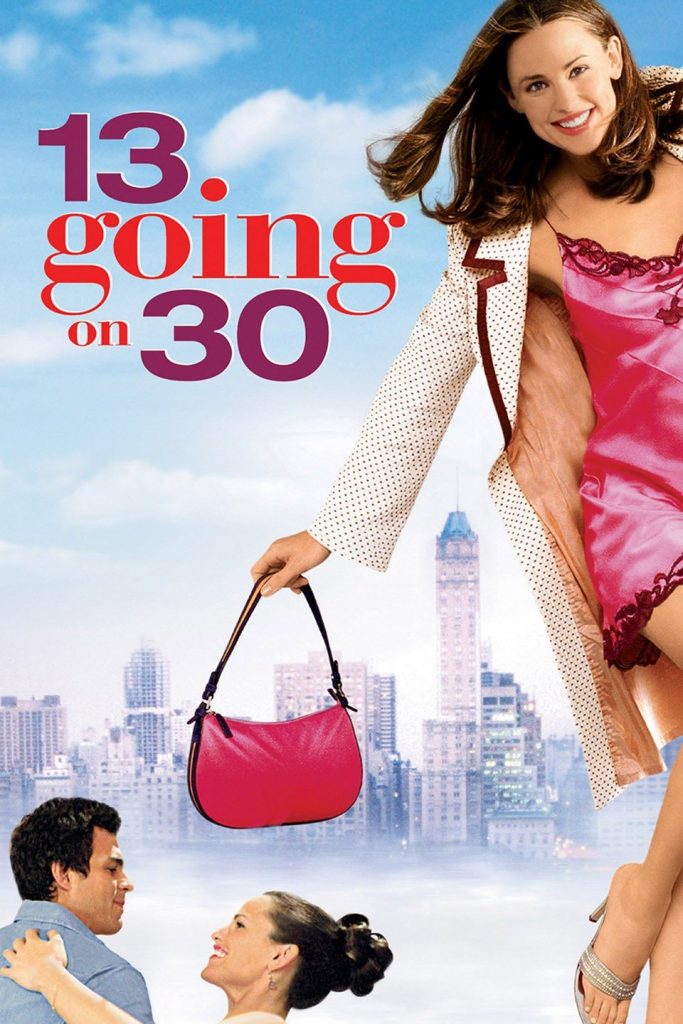
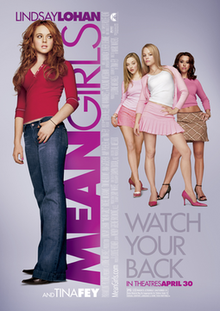
“Omg Mean Girls, 13 Going On 30, Legally Blonde…the best movies bihhh”
This comment is in support of the whole concept for the visual aid to give added context to her situation. Mean Girls (2004) is a movie that is involving a girl coming to a new high school. After a short period of time, she is accepted into one of the most popular cliques in the school. Her appearance to most everyone in the school is a sudden popular girl who gets her way because of her new found popularity. 13 Going On 30 (2004) is about a girl longing to be popular and proceeds to wish she was 30 years old in an attempt to get away from the constant incentive to be a popular person that she was trying so hard and failing to achieve. (IMDB) Lastly, Legally Blonde (2001) describes the near perfect life of an extremely popular college student who is (the president of her sorority, a Hawaiian Tropic girl, [and] Miss June in her campus calendar.” (IMDB) All of these movies would be known by most people born around Grande’s time, 1993. So these references could very well be a simple act of communication through known stories of her age group. This gives a sense of reliability to feelings that many have experienced through these romantic comedies .
Chainy MyKala comments:
“This is really everything, I’ll be honest I’ve never really been a huge fan of her, but more and more I’m finding myself drawn to her, she’s just really seems like such a good person, like her kindness in everything she does just like shines through. Ugh yep, definitely a fan now. “
This comment made me re-think my initial thoughts of what the lyrics were meaning. My interpretation, in the beginning, was that of sarcasm. Her lyrics made me think that she was thanking all of these people as a way of regretting those people in her life. With this comment, I am starting to think that there is actual gratuity to the people that, through her knowing them, taught her love, patience, pain. I also began to take the time to really think about all the lyrics instead of listening for just aural aesthetic. These lyrics upon good inspection reflect this pleasant attitude, compared to this bratty attitude I got from it through a few listens.
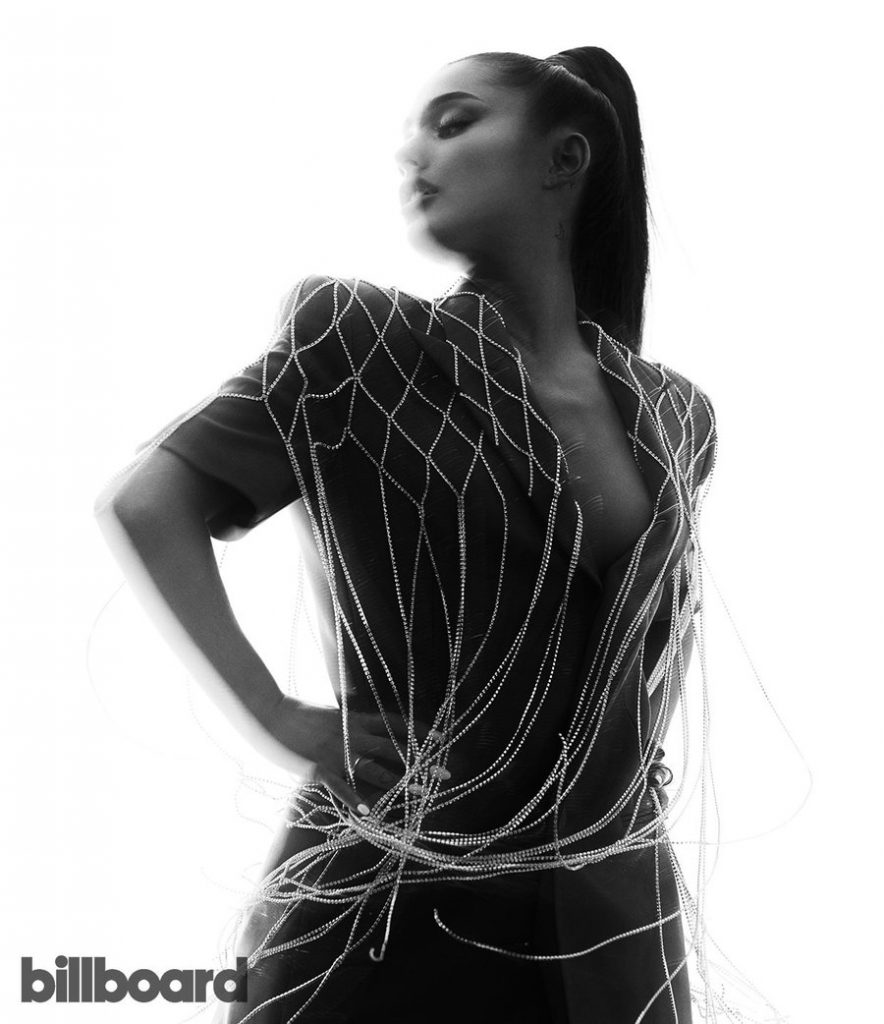
Manya Barot comments:
“Guys the beginning when they’re speaking…7 rings is playing
SIS WAS GIVING US A TEASER”
This comment brought an interesting idea to the table. The music video’s length is 5:30, while the single release is only 3:27. There is quite a bit of extra material in the video and I find it interesting that Grande included her song 7 Rings, because it happened to become the top single for the week of March 19th, 2019. She could not have known that this would be the case for the song, but this encourages the “popularity/success” idea. I find it highly interesting that she would include this song in the intro to the video since 7 Rings‘ content is about primarily “conspicuous consumption.” The fact that she left it out of the single is to preemptively avoid problems of copyright, as 7 Rings‘ melodic content is a blatant copy of Rodgers and Hammerstein’s and this is why when “Concord requested 90 percent of Ms. Grande’s song, and her representatives accepted without further negotiation.” (NYTimes)
I think this video is depicting how great her life is now that she has had all these experiences to better her attitude, outlook, and demeanor. Grande’s video conveys exactly what she means by her lyrics, “thank u, next.”
Photo Sources:
https://en.wikipedia.org/wiki/Mean_Girls
https://www.directv.com/movies/13-Going-on-30-SXh6cGFtL2l5SmpIVll6OG1nUlh1UT09
https://en.wikipedia.org/wiki/Legally_Blonde
https://www.billboard.com/photos/8488625/ariana-grande-2018-woman-of-the-year-photo-shoot



